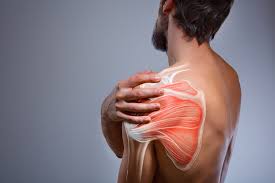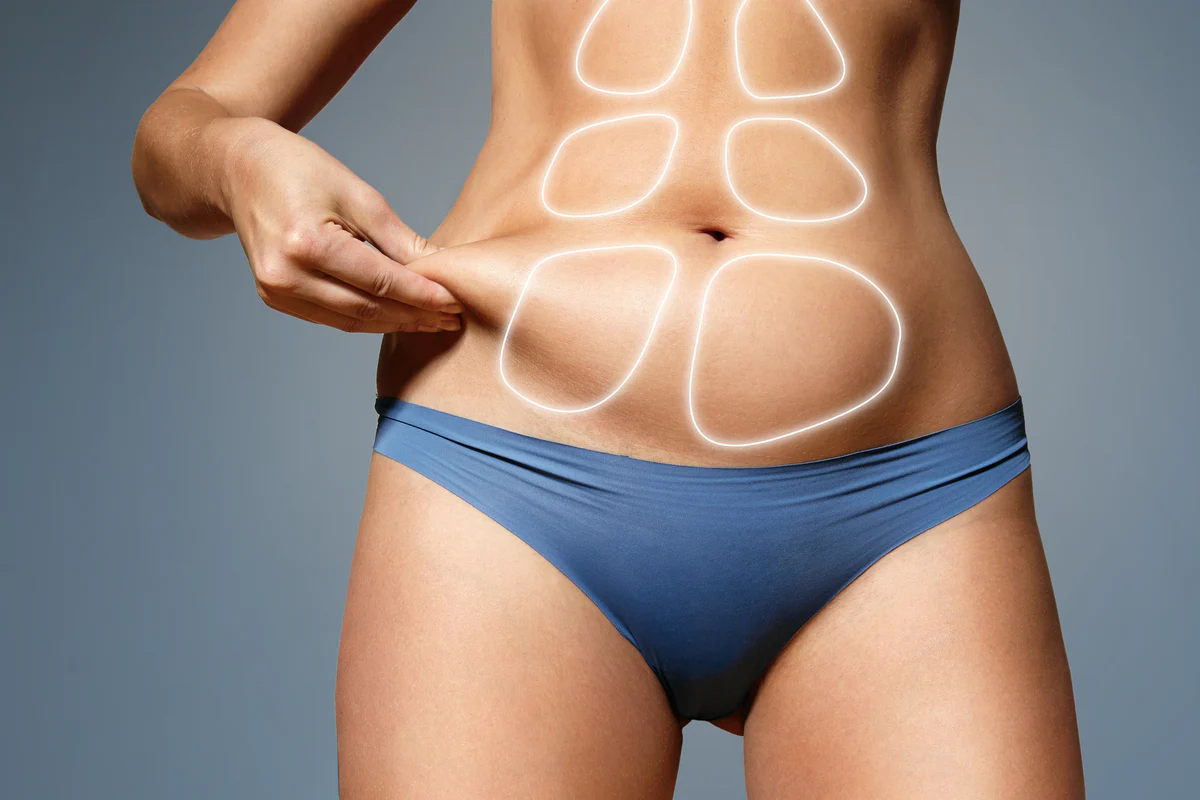Intense, throbbing pain is the hallmark of migraines, which are crippling neurological illnesses that are frequently accompanied by nausea, light and sound sensitivity, and vision abnormalities. Although prescription drugs are frequently used to treat migraines, there are a variety of non-pharmacological methods as well as lifestyle modifications that can successfully reduce symptoms and enhance quality of life. With an emphasis on holistic and non-pharmaceutical techniques, this article examines alternative migraine therapy techniques.
Comprehending Headache
Complex in nature, migraines can differ in intensity and length. Hormonal fluctuations, hereditary factors, and aberrant brain activity are thought to be involved. Stress, hormonal changes, particular diets, sleep deprivation, and environmental variables are examples of common triggers. Migraine management frequently necessitates a multimodal strategy that takes into account triggers, symptoms, and personal health issues.
Non-Medication Methods for Treating Headaches
1. Changes in Lifestyle
Nutrition and Diet
Determine Trigger items: Maintain a food journal to identify items, such as aged cheeses, chocolate, coffee, and artificial sweeteners, that cause migraines. Migraine severity and frequency can be decreased by avoiding these causes.
Maintain Stable Blood Sugar Levels: Eat frequent meals and snacks to avoid blood sugar swings, which in certain cases might cause headaches.
Drinking Water
Remain Hydrated: Some people experience migraines when they are dehydrated. Keep yourself hydrated and lower your chance of headaches by drinking lots of water throughout the day.
Hygiene of Sleep
Create a Regular Sleep Schedule: Even on weekends, keep your wake and sleep hours the same. Establish a calming nighttime routine and make sure your sleeping space is comfortable for sound sleep.
2. Stress Reduction
Techniques for Relaxation
Deep Breathing: To lower stress and encourage relaxation, engage in deep breathing exercises.
Practice mindfulness and meditation to develop present-moment awareness and lessen the negative effects of stress on migraine symptoms.
Yoga
Gentle Yoga positions: Tenseness in the neck, shoulders, and back can be relieved by doing some yoga positions and stretches. This can help reduce migraine symptoms.
3. Physical Interventions
The use of acupuncture
Traditional Chinese Medicine: To relieve pain and restore balance, acupuncture involves the insertion of tiny needles into particular body locations. According to certain research, acupuncture may be useful in lowering the frequency and intensity of migraine attacks.
Massage Therapy
Trigger Point Therapy: This type of massage therapy helps ease tense muscles and lessen migraine symptoms by focusing on particular trigger points in the head, shoulders, and neck.
4. Therapy based on cognitive behavior (CBT)
Techniques for Pain Management
Determine Triggers: CBT assists people in identifying and controlling the stressors and triggers that lead to migraines.
Coping Strategies: To lessen the burden of migraines on daily life, learn stress management skills, cognitive reframing, and relaxation techniques.
5. Supplements for Nutrition
magnesium
Natural Muscle Relaxant: Migraines have been connected to magnesium shortage. For certain people, taking magnesium supplements may help lessen the frequency and intensity of migraines.
Vitamin B2: riboflavin
Supports Mitochondrial Function: Studies on the effects of riboflavin supplementation on migraine frequency and intensity have been encouraging.
6. Herbal Treatments
Feverfew
Herbal: When taken frequently, feverfew has anti-inflammatory qualities that may help avoid migraines. It is offered as a supplement.
Butterbur
Anti-inflammatory Benefits: Butterbur supplements have been shown to lessen the frequency and intensity of migraine attacks. Selecting a product free of pyrrolizidine alkaloids (PAs), which have the potential to damage the liver, is crucial.
7. Biofeedback
Mind-Body Link
Acquire Self-Regulation Skills: Biofeedback uses electronic sensors to track physiological reactions, including skin temperature, heart rate, and muscular tension. People can lessen their exposure to migraine causes and symptoms by developing control over these reactions.
8. Environmental Modifications
Noise and Light Sensitivity
Handle Triggers: To lessen sensory triggers that might cause migraines, wear sunglasses outside and use earplugs or noise-canceling headphones in noisy areas.
Integrative Methodologies
Comprehensive migraine treatment can frequently be achieved by combining many non-pharmacological strategies. Integrative methods concentrate on treating the underlying reasons of migraines, minimizing triggers, and enhancing general health. These strategies could involve a mix of dietary supplements, physical therapy, stress management methods, lifestyle adjustments, and customized alternative therapies.
Advantages of Non-Medication Methods for Treating Migraines
Decreased Reliance on drug: Non-pharmaceutical methods can help minimize potential side effects and drug overuse headaches by reducing the demand for migraine medications.
Better Quality of Life: Non-pharmaceutical methods can lessen the impact of migraines on everyday activities and enhance general well-being by addressing lifestyle variables and triggers.
Empowerment and Self-Management: Acquiring skills in stress reduction, relaxation, and dietary modifications enables people to actively manage their migraine symptoms.
Speaking with Medical Experts
Even though non-pharmacological methods of treating migraines can be successful, it’s crucial to collaborate with medical specialists like neurologists, pain managers, or integrative medicine practitioners. They can assist in creating a customized plan for managing migraines that combines traditional therapies with non-pharmacological methods. In addition to monitoring progress and offering direction on approaches, healthcare professionals can guarantee that dietary supplements or therapies are safe and suitable for certain medical problems.
In summary
Non-pharmacological methods provide beneficial substitutes for conventional drugs in the management of migraines. People can effectively reduce the frequency, severity, and length of migraines by implementing dietary supplements, physical therapy, stress management strategies, and alternative therapies. These methods not only reduce symptoms but also enhance general health and wellbeing, giving people the ability to take charge of their migraine symptoms and enhance their quality of life. Speaking with medical experts guarantees a thorough and individualized approach to migraine treatment that takes into account each person’s requirements and preferences, which eventually improves migraine control and elevates general wellness.




